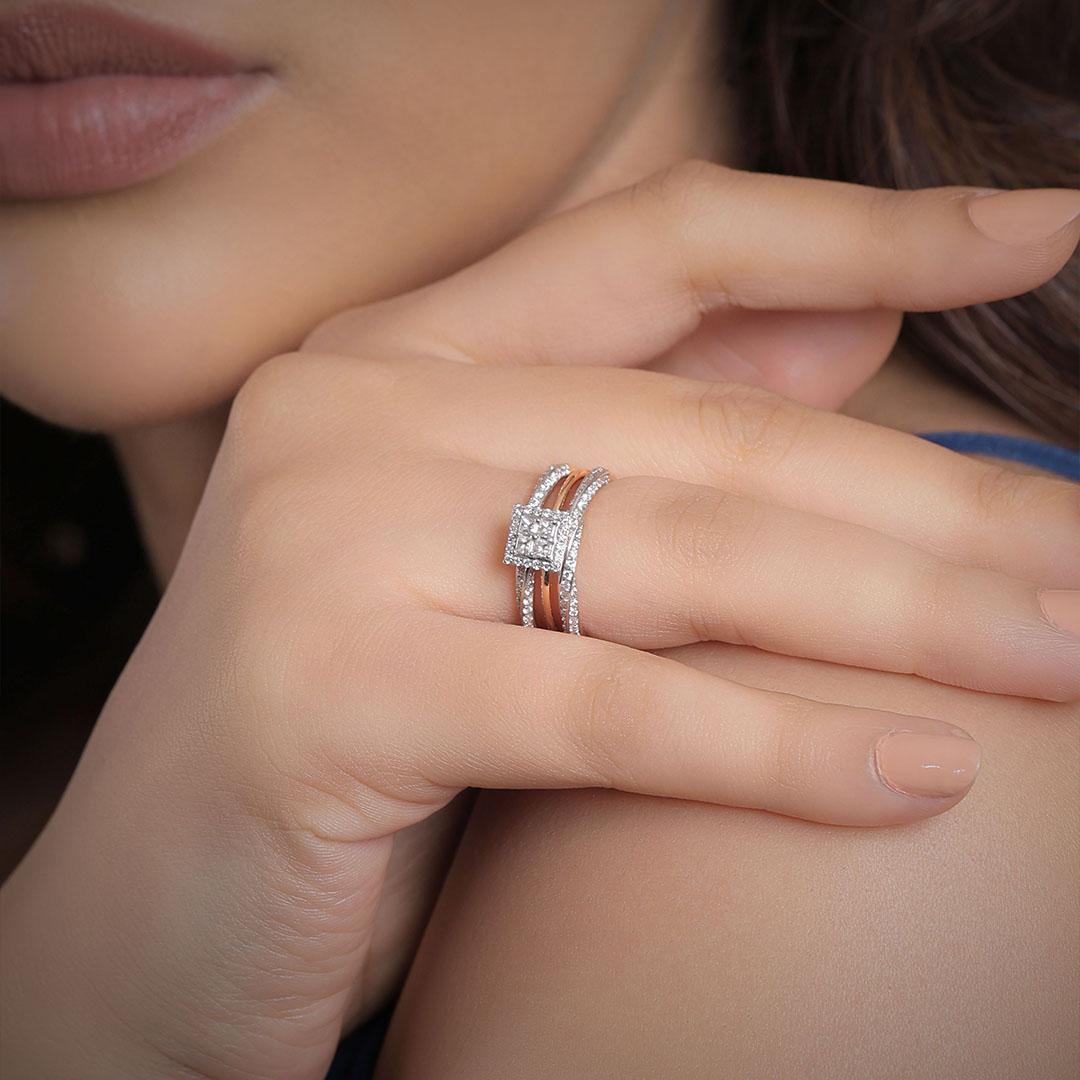
Diamond shapes, whether in gemstones, design elements, or architecture, carry a unique appeal that transcends both functionality and aesthetics. The shape itself has come to symbolize qualities such as elegance, strength, and precision, making it a popular choice across various industries. In this article, we will explore the advantages of diamond shapes in different contexts, from jewelry to design, and even beyond.
1. Aesthetic Appeal and Symbolism
The most obvious advantage of diamond shapes lies in their aesthetic beauty. The multifaceted structure of a diamond, often reflected in the cut of gemstones, creates an alluring brilliance and sparkle. The facets of a diamond capture and reflect light, enhancing its visual appeal. The shape of diamonds, with their pointed edges and sharp angles, is universally associated with elegance, sophistication, and luxury.
In the world of jewelry, Ventajas de formas de diamantes, necklaces, and earrings are highly coveted for their timeless charm. A diamond shape, especially the classic round brilliant or the sophisticated princess cut, symbolizes eternal love and commitment. This symbolism plays a significant role in weddings and engagements, adding emotional and sentimental value to the precious stone.
2. Structural Strength and Durability
Diamonds are not only beautiful but also incredibly strong. As the hardest naturally occurring material on Earth, diamonds possess exceptional durability. This strength is one of the key reasons diamond shapes are commonly used in industrial applications. The toughness of a diamond, combined with its structural properties, makes it an ideal choice for cutting, grinding, and drilling materials in industries like mining, construction, and manufacturing.
In gemstone jewelry, the durability of a diamond ensures that it retains its brilliance over time. A diamond’s shape contributes to its resilience; certain cuts, like the round brilliant, are specifically designed to optimize the diamond’s strength and minimize chipping or breaking.
3. Efficient Light Reflection
One of the major advantages of diamond shapes, particularly those with multiple facets like the round brilliant cut, is the way they reflect light. The specific angles and proportions of these cuts allow the stone to reflect and refract light in a way that creates an extraordinary sparkle. The shape of the diamond maximizes the amount of light that enters and exits the stone, enhancing its natural brilliance.
For those in the jewelry market, the cutting process is critical to ensuring that the diamond maximizes its light reflection. The ideal shape can amplify the visual appeal of the diamond, making it look larger and more radiant than a poorly cut stone of the same size.
4. Versatility in Design
Diamond shapes are highly versatile and can be adapted for various uses, from elegant jewelry pieces to architectural designs. In modern design and architecture, lab grown diamonds can serve as an inspiring geometric motif. Their angular shape is often employed in everything from interior design elements to furniture, where sharp, precise lines create a sense of modernity and refinement.
In jewelry, diamonds are available in a range of cuts, including the round, oval, emerald, pear, marquise, and cushion cuts. Each shape offers a different look and can be suited to the tastes and preferences of individuals. For example, the oval or cushion cut might be preferred for a softer, more vintage appearance, while the emerald cut or princess cut exudes a more contemporary feel.
5. Symbol of Wealth and Prestige
Throughout history, diamonds have been associated with wealth, luxury, and social status. The allure of the diamond shape, with its dazzling brilliance and precision, continues to captivate and attract those who seek to showcase their success. A diamond’s value is not just based on its size or clarity, but also its shape and cut, which are often linked to superior craftsmanship.
For those looking to invest in a lasting, high-value asset, diamonds—especially in popular shapes like round or princess—tend to hold their value well over time. In some cases, rare and exceptional diamond shapes can increase in value as they become more desirable in the market.
6. Psychological Impact
The symmetry and sharp lines of a diamond shape can evoke a sense of order, balance, and precision. The shape can inspire feelings of clarity and focus, often linked to mental alertness and sharp thinking. Whether as part of a piece of jewelry or in design, the diamond shape conveys an impression of perfection and meticulous craftsmanship.
In corporate branding or product design, diamonds are used to convey strength, trustworthiness, and timelessness. Their geometric precision can be particularly effective in logos, offering an immediate association with high quality.
7. Cultural and Social Significance
Diamonds, and their distinctive shapes, carry deep cultural significance in various parts of the world. The diamond shape’s association with eternity and commitment is central to engagements and marriages, making it a globally recognized symbol of love and dedication. Additionally, the iconic diamond shape is often featured in heraldry, national symbols, and even pop culture, reinforcing its presence as a symbol of enduring value.
Conclusion
Diamond shapes offer more than just aesthetic value; they represent durability, strength, and symbolism that resonate with people across different cultures and industries. Whether in the form of precious gemstones, industrial tools, or design elements, the advantages of diamond shapes lie in their versatility, structural integrity, and timeless appeal. Their unique ability to combine beauty with functionality ensures that diamonds, in all their forms, continue to captivate and inspire for generations to come.






